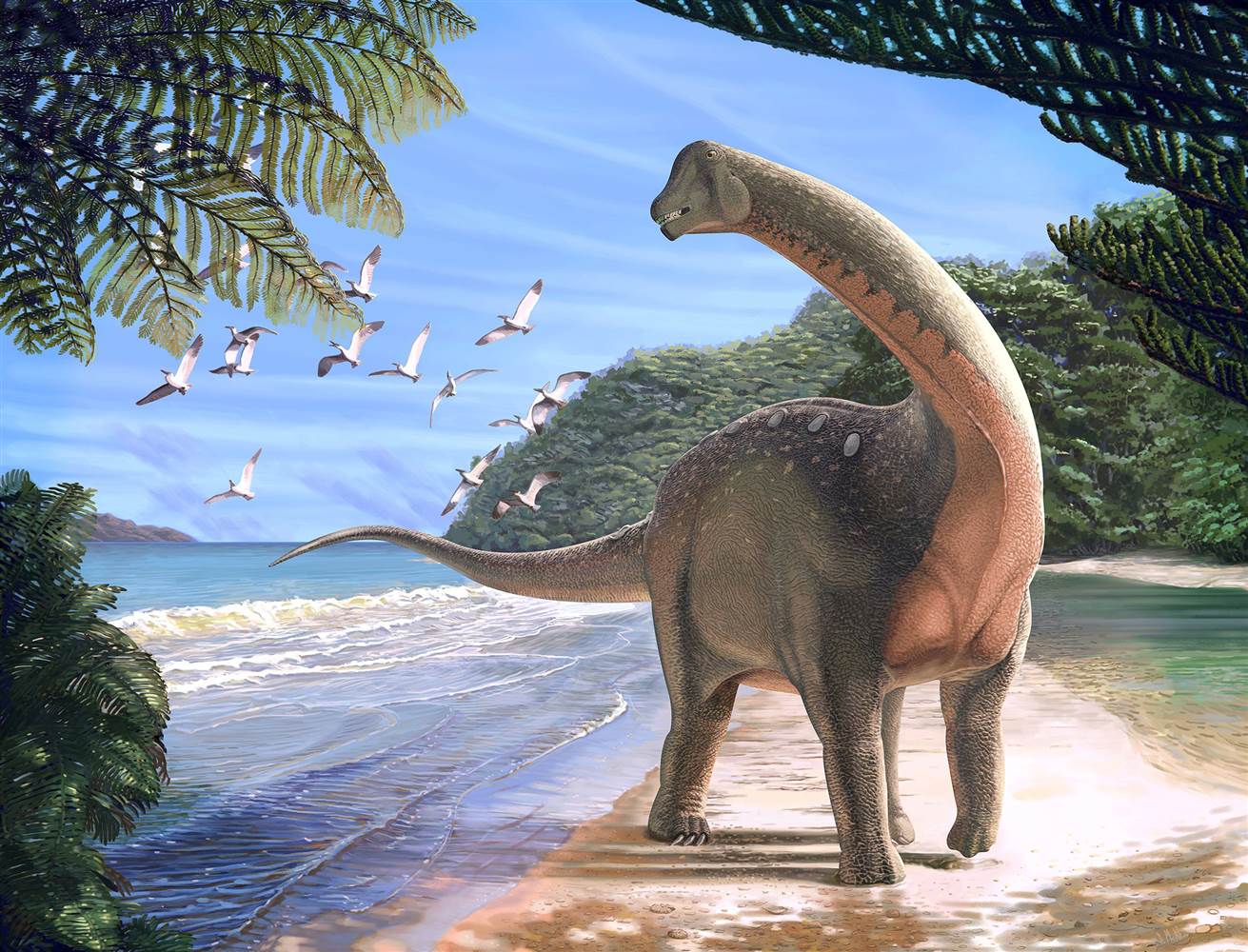The excavators have successfully extracted the remains of a dinosaur in the desert area of Egypt that existed in the time period ranging from 100-66 million years before today. The fossils excavated from the Egyptian oasis lived around eighty million years ago. It has been tagged as a significant discovery for getting in-depth knowledge about the past history of dinosaurs in Africa and surrounding areas.
The fossils have estimated that the giant monster was actually a plant-eater that was as big as the bus that we ride today. This dinosaur weighed similar to a modern-day elephant with bony plates on the skin along with long neck. The remains were excavated by the paleontologists from the Mansoura University present in Egypt. This critical discovery of a new species has opened up the gates to define the tread way for dinosaurs that might have traveled from Africa to Egypt when they were all a part of the same Gondwana supercontinent.
The dinosaur has been tagged with the scientific name of Mansourasaurus shahinae. The lead researcher of the excavation, Dr. Hesham Sallam from the Mansoura University stated that her students were very thrilled to find each piece of the fossil. It was similar to finding pieces of a hard puzzle with each one taking you close to solving it.
Evolution of dinosaurs in Africa has been a mystery during the final half of the time period for the existence of these gigantic land dwellers. Especially the final 30 million years of the era of dinosaurs has been a mysterious time period. The paleontologists had been searching a fossil just like this to obtain information that could provide some insight into the life of dinosaurs during the final years of their existence.
Scientists find it hard to find any fossils in the continent of Africa, largely due to the vast expanse of lush vegetation and forest area that hides the rock which could have the remains of the dinosaurs. During a major part of the Jurassic and Triassic period, the dinosaurs were living in the Pangaea. A Pangaea is a large mass of land with all the present continents on Earth merged together. It was close to the Cretaceous era that the continents started splitting into the ones that we see on the map now.
It isn’t clear how Africa was connected with the southern periphery of landmasses such as Europe. If connected, the animals could have traveled from one place to another which contradicts the previous belief that stated that Africa was cut off from the rest of the world. However, the remains of the Mansourasaurus has been seen to reflect similarity with the ones found in Asia and Europe rather than the ones found in the southern area of Africa or South America. This proves that a small section of the dinosaurs could have traveled between the territories of modern-day Africa and Europe during the last part of Jurassic Era.
